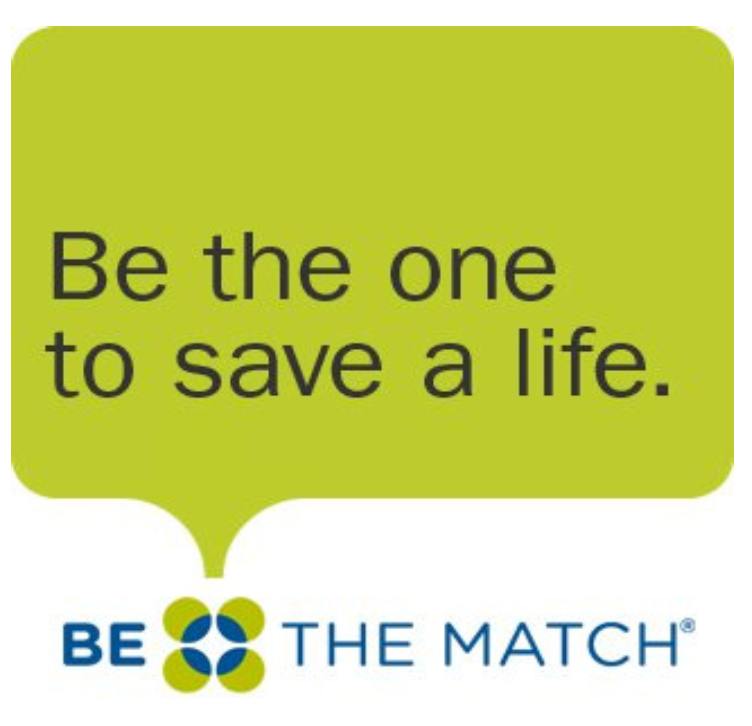By Ben Simpson, Transcript Correspondent
The Ohio Wesleyan women’s soccer team took a step closer to cure patients with blood cancers by hosting the Be the Match Drive in the Hamilton-Williams Campus Center this past Thursday.
The Be the Match Drive enters people into the bone marrow registry to help people with blood cancers find a match for a marrow transplant to hopefully save their lives. Be the Match is operated by the National Marrow Donor Program which is a nonprofit organization that’s dedicated to helping every patient get the life-saving transplant they need.
“As trusted leaders in advancing treatments for those facing life-threatening blood cancers, we provide the ground-breaking research, innovative technologies, patient support and education that saves lives.” Their website states.
The Be the Match Drive hosted by the women’s soccer team had a goal of adding 100 people to the registry. All students had to do was fill out some basic medical information and papers, and then take a cotton swab sample from the inside of their cheeks and then they’re done. The soccer team reached their goal and added 115 people to the registry to help find the cure for less fortunate people.
“As a team we feel obligated to hold an event that is bigger than ourselves and will be beneficial to others less fortunate than us,” Emma Felty said, a sophomore forward from Springfield, Ohio.
The National Bone Marrow Donor Registry (as it was called then) was created in 1986 and within the first year added 10,000 people to the registry. The first transplant was conducted in 1987 when Diane Walters of Wisconsin donated marrow to 6-year-old Brooke Ward of North Carolina. Today the registry has facilitated over 74,000 marrow and cord blood transplants and nearly 6,400 transplants a year to give patients new hope.
Caitlin Maggio, a junior midfielder from Rochester, NY, and a cancer survivor herself has a special connection these types of events.
“People may not realize this now, but they could be the cure for someone’s life threatening cancer in the near future. This event can give a patient a sense of security when tomorrow may not be promised for them.” Maggio said.
The event was an overall success and added 115 possible live savers to the registry.
